As a part of a survey, two Japanese robots were sent on an expedition to a moving asteroid named ‘Ryugu’ through Hayabusa2 spacecraft. These two robots are the first mobile robots to have landed on the surface of an asteroid.
For those of you who have been following this feat, we finally have an update; the Japanese Space Agency says that the robots have settled comfortably on the asteroid.
“Each of the rovers is operating normally and has started surveying Ryugu’s surface,” said the agency.
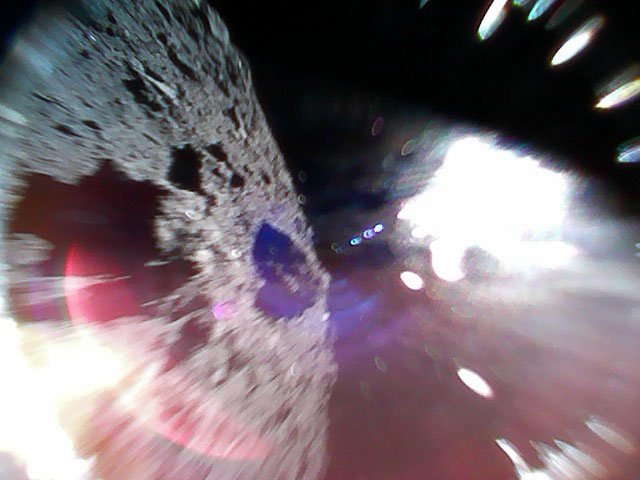
–HAYABUSA2
This is actually the Japan Aerospace Exploration Agency’s (JAXA) venture to observe an asteroid’s surface. According to the Guardian, the agency’s project manager Yuichi Tsuda said: “I am so proud that we have established a new method of space exploration for small celestial bodies,”
The two robots also referred to as rovers are collectively called MINERVA-II1. The expedition started to gain momentum when the two rovers came closer to Ryugu (the asteroid) with an orbiting altitude of 12.4 miles (Source: CNN) this Thursday.
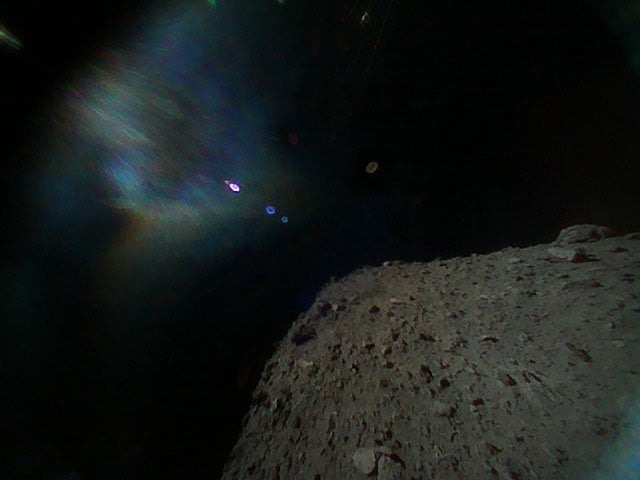
–HAYABUSA2
On reaching within 100 kilometers radius of the asteroid, the rovers sent a photo. The photo included a diamond-shaped rock that the researchers at JAXA believe to contain ”water and organic materials”.
The researchers further expounded upon how the rock can provide useful information about life elements there saying it could:
”clarify interactions between the building blocks of Earth and the evolution of its oceans and life, thereby developing solar system science,“
Hayabusa2
Hayabusa2 is a Japanese spacecraft, a successor of Hayabusa. It is about the size of a storage unit and is equipped with solar panels. The spacecraft has gone through rigorous testing to make sure that it stays on the asteroid for as long as required.
The spacecraft was originally launched in 2014 (it surely has covered a long way, hasn’t it?).
Also Read: Scientists can now grow weed in space
MINERVA-II1
The two moving robots are rovers that have cameras fitted in them. The first rover has four cameras on it and the second one has three. Gyroscopes, temperature gauges, optical sensors, and accelerometers are fitted in each.
Remarkable: Opportunity: the Mars rover that went missing has been found
What’s next?
There is a third rover inline set to be launched on the same asteroid this October. The third asteroid is a part of the mission. This rover is known as MASCOT and will make a small explosion to dig a crater exposing materials of the asteroid. These materials will act as samples that will be thoroughly observed.
If everything goes as planned, the spacecraft will return to the Earth sometime in the end of 2020.
This will be a milestone in the history of NASA if the sample is retrieved successfully.
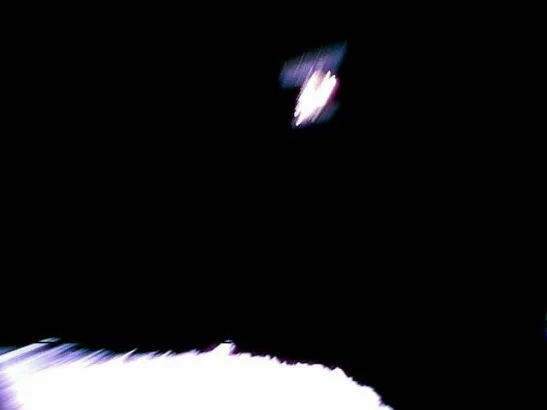
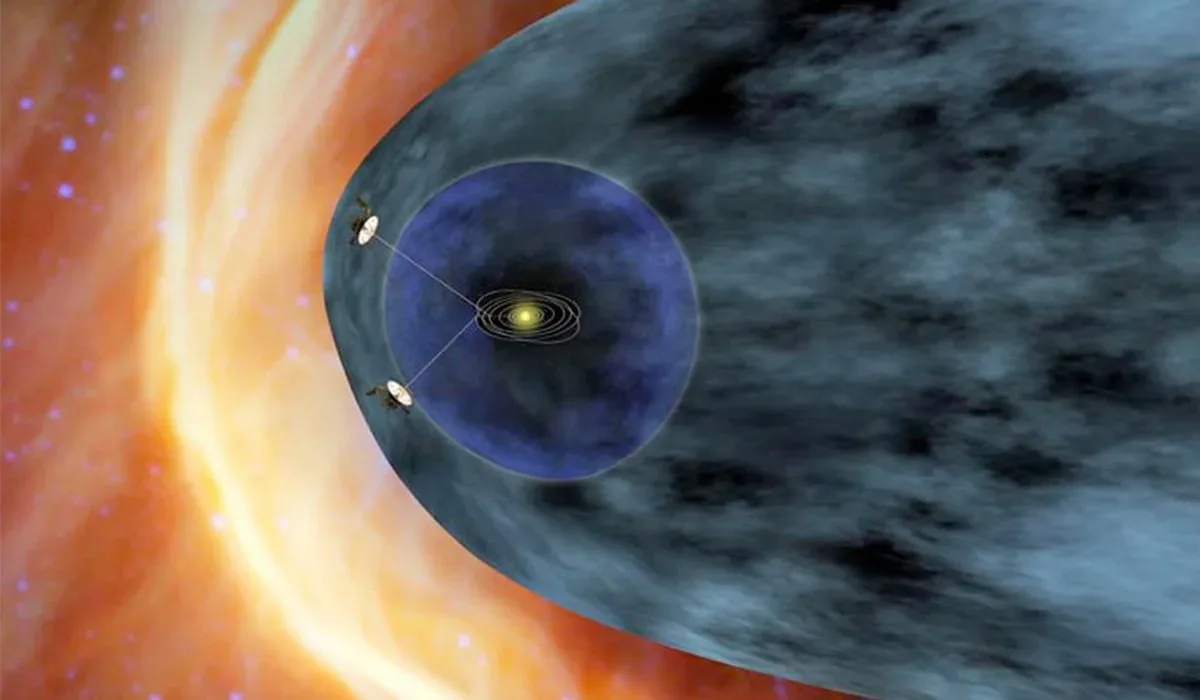
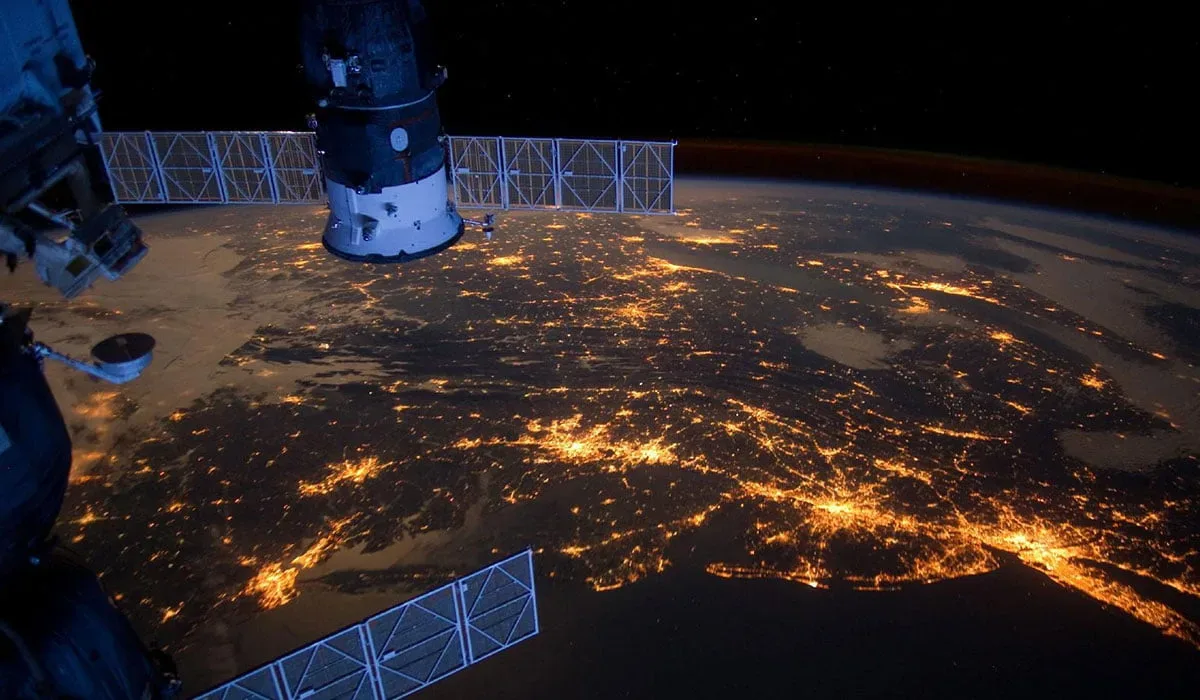
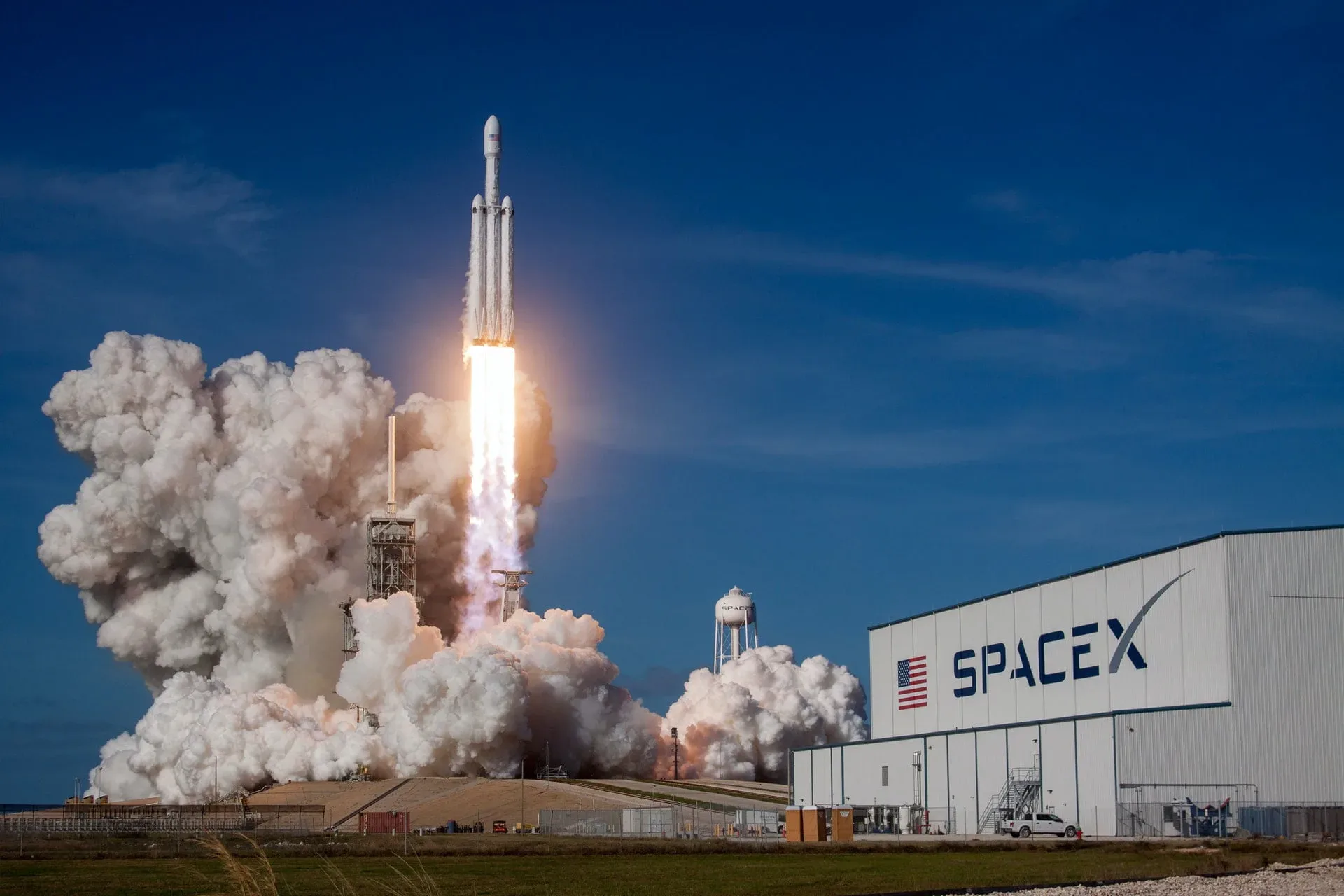
Share Your Thoughts